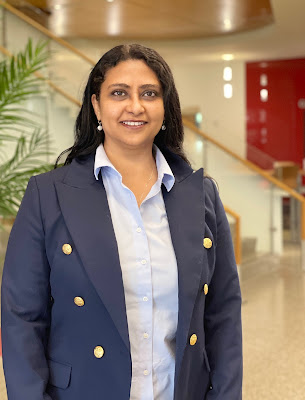OU Engineering’s Role in Shaping Future Bioprocessing Experts

Cytovance Biologics, Wheeler Bio and the Gallogly College of Engineering at the University of Oklahoma recently joined forces in a collaborative panel discussion focused on the field of bioprocessing. Experts in the bioprocessing industry highlighted the array of employment prospects within the sector. They also underscored the critical role played by OU Engineering in preparing students for success in bioprocessing, largely attributed to the Economic Development Administration’s Build Back Better Regions Challenge Grant. The discussion exemplifies the collaborative bridge between academia and industry, encouraging knowledge exchange and preparing students for promising careers in bioprocessing, says Daniel Baker, project manager for the OU Bioprocessing Core Facility which is expected to open in 2024. OU Engineering Dean John Klier, Ph.D., agrees adding that OU Engineering is thrilled to offer this type of opportunity to OU students. “Biologics, medications derived from bio...

